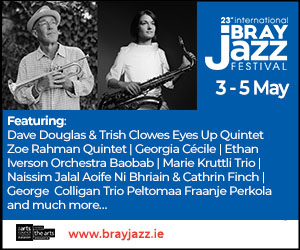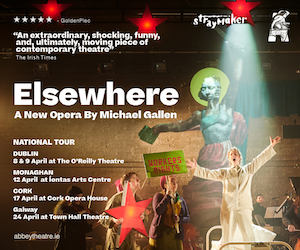Live: Grisey / Rameau
Christophe Rousset, Les Talens Lyriques, Soloists of Ensemble Intercontemporain, Le Concert Français, Pierre Hantaï, Ensemble Intercontemporain, Susanna Mälkki
Cité de la Musique, Paris
9–11 May 2009
The analogy between Jean-Philippe Rameau (1683–1764) and Gérard Grisey (1946–1998) has been vaunted. It is a tale readily told. Both were Frenchmen. Both were rigorous thinkers of music as well as outstanding composers. Both justified their compositional outlooks in theoretical analyses of sound and advances in the field of acoustics. And for both, music represented the macrocosm to sound’s microcosm, simulating the structure of sound on a larger scale.
When works by the two were brought together over three concerts at Paris’s Cité de la Musique, it was with the aim of illuminating this simple opposition. The acoustic unease of the meeting, though, told otherwise. As was apparent from the first concert (featuring Grisey’s Vortex Temporum alongside Rameau’s Pieces de clavecin en concerts), an asymmetry separates the work of each composer from the other, the root of which lies in the different origins of each composer’s work.
Though Rameau is famous as a theorist, his theoretical work had little bearing on his music: he used the data of acoustics merely to justify his prior tonal model post factum. For Grisey, composition is something radically questionable. He invents a system in which form is based on the phenomenon of sound itself – an infinite resource that replaces the closed system of Rameau.
The major concert of the series saw extracts from Rameau’s Zaïs and Hippolyte et Aricie presented alongside Grisey’s Partiels and Modulations, performed by Le Concert Français and Ensemble Intercontemporain respectively. Here harmony was placed centre stage. Rameau’s theoretical work on harmony has helped determine the course of tonal theory over the past two hundred years. That harmony is now antiquated however, and the music on the night quickly grated (the massive applause it met with at the end suggested some jingoism in its appeal). It is a matter of speculation whether the theoretical work of Grisey, originator of spectral music, will be of comparable consequence to that of Rameau. Grisey’s compositions, in basing their musical material on the harmonic spectrum of naturally occurring sound, propose an infinite, open system of harmony. The searing chords of his Partiels and Modulations found a welcome home in the expanses of the concert hall, and the audience were rapt, especially for Modulations. Conductor Susanna Mälkki afterwards took five bows, gesturing to the score for applause.
Published on 1 August 2009














